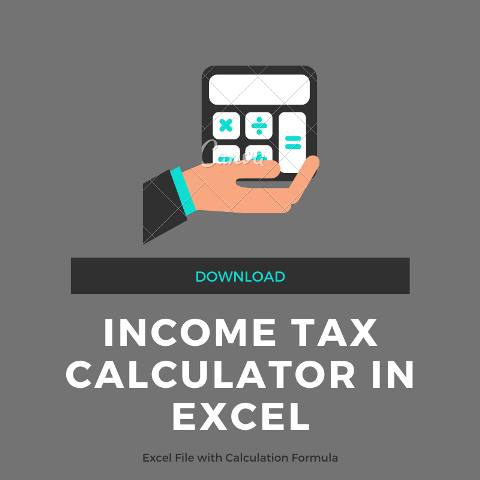The income tax calculation formula is a little bit difficult if you are thinking to do it manually. Therefore, either you need the online income tax calculator or the excel file containing the formula. Thus, you can enter the required details in the offline file and see the tax liability after all deductions. You can download the excel file from the below section.
Related Income Tax Return filing Due Dates

Download Income Tax Formula in Excel
By clicking the below download button, you can get the formula for income tax calculation in an excel file. The formula contains in the excel file is pertaining to only FY 2019-20 and for AY 2020-21. Therefore, you have to use it to calculate only for that particular period.
How to use the File?
- Download the Excel File
- Open the file
- Enter your Name and PAN
- Enter your date of birth
- Fill in the Income Details
- Fill in the applicable deductions
- The inbuilt formula of the file will give you the Net Tax Payable.
Related Online GST Calculator in India
Keep visiting GST India News for the latest updates on income tax calculation formula in excel. You may also use the online income tax calculator by clicking here.
